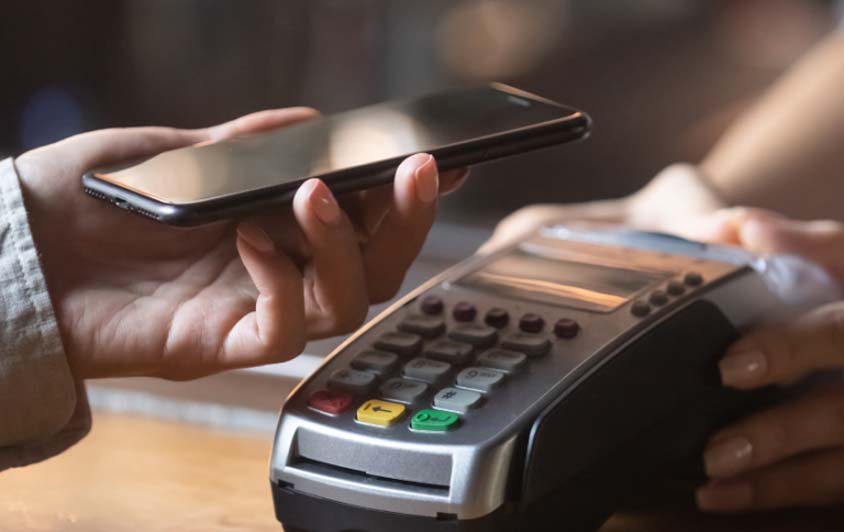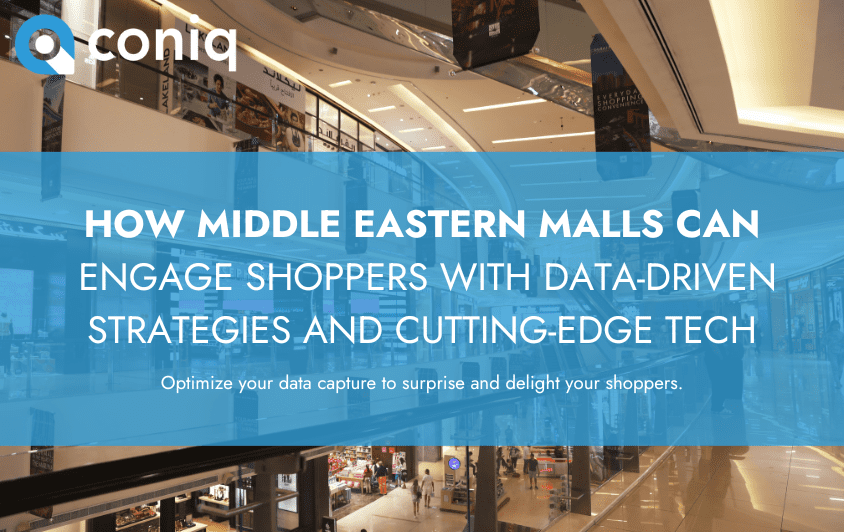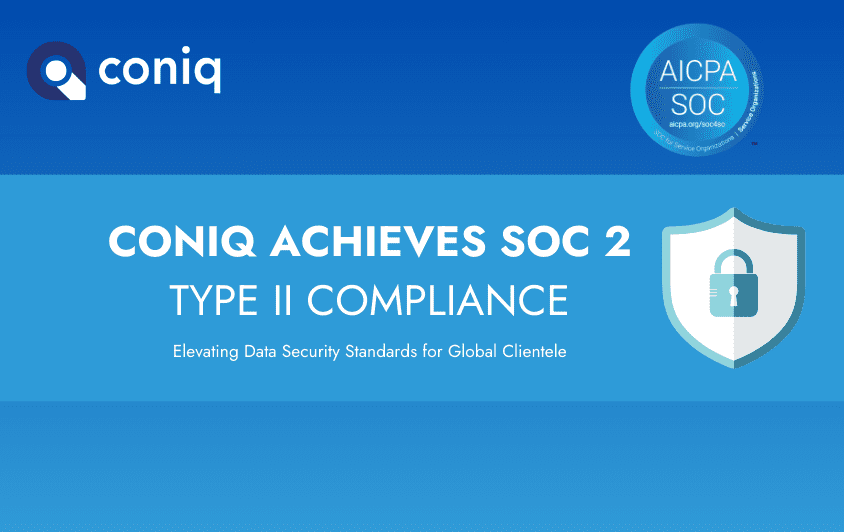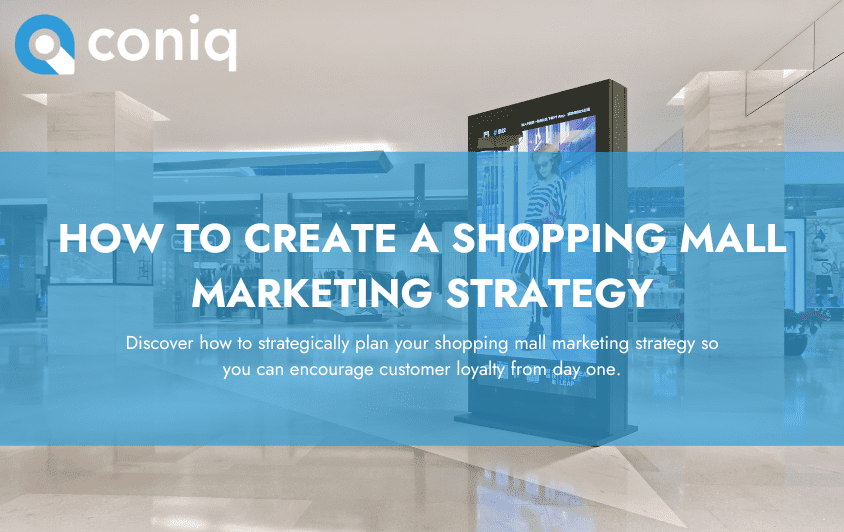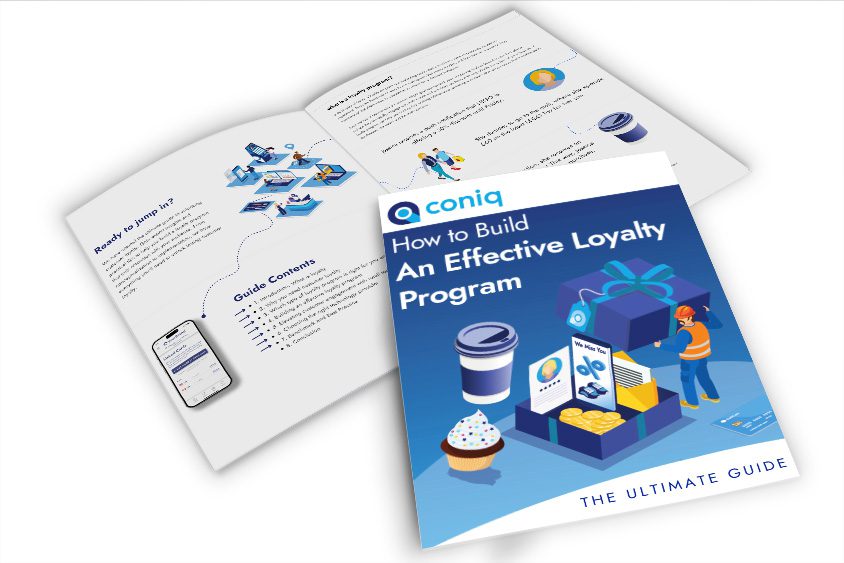How loyal are your customers?
Delving into how implementing the right customer loyalty program can encourage members to spend more.
We all belong to at least one loyalty program. Whether it’s your local supermarket, retail store, or gas station. It’s not unheard of for customers to amend their spending habits to align with potential rewards. This can look like consolidating all their shopping needs to a specific mall or retailer with the best loyalty program, offering a valuable return on spend, i.e. rewards, discounts, and experiences. They are aware these rewards rely upon the amount they spend – a higher spend equals a higher accumulation of points.
This leads us to the question: Do loyalty program members spend more? Let’s dive in.
Loyalty programs help retailers achieve multiple significant goals, from acquiring more customers increasing customer lifetime value, and retaining existing customers. Customer lifetime value (LTV) is one of the most critical metrics for a brand to focus on developing – particularly in a post-covid world. The longer you have a customer, the more they spend, and your brand will likely survive unforeseen world events or financial crashes. Ultimately, when a world disaster hits, only the brands with the strongest customer base will survive. Is your company one of them?
According to the 2016 Bond Loyalty Report, 66% of consumers modify the amount they spend to maximize points. It also demonstrated that loyalty members buy more often and spend more than non-loyalty members, resulting in a 5-10% revenue increase.
The same report stated the average household is enrolled in roughly 13 loyalty programs but is only active in seven due to what is known as member fatigue. This further emphasizes that having a run-of-the-mill loyalty program and expecting a revenue increase is not enough. A program must appeal directly to your existing and potential customers.
How have loyalty programs changed?
Traditionally, the most popular form of a loyalty program was a coupon or voucher exchange. You could often find these in your local newspaper, magazine, or at the point of sale. Technological advancements have enabled loyalty programs to grow wings and offer new ways of obtaining more effective and long-lasting customer loyalty. We’ve seen a rise in several app-based systems, including, Earn and Burn, Tiered Programs, and Paid Loyalty Programs.
Earn and Burn Programs
Earn and Burn programs are becoming increasingly common, as some might argue they are the most effective and intuitive programs in the commerce world. They are based on one principle: spend more to get more. Research shows that, on average, customer loyalty programs based on Earn and Burn generate a 10% higher Average Transaction Value for the program members than other loyalty methods.
Recent data found that five top-performing brands from one of Coniq’s premier retail Earn and Burn loyalty programs in Europe generated significant results. Within six months, these brands gained an average of 2,800+ new member shoppers and saw an average increase of 13.7% in ATV from loyalty members vs. non-members.
Tiered Programs
Tiered loyalty programs usually offer different benefits and discounts to specific groups of buyers, according to their amount of spend. These programs contain the best of both, offering immediate gratification with short-term attainable rewards for lower tiers and long-term aspirational rewards for higher tiers. Reward-based loyalty programs effectively enable brands to establish an emotional connection with customers. This results in deeper loyalty and long-term engagement. To illustrate how important your most valued customers are to your business, brands can strategically offer them more exciting rewards once they unlock the next tier.
Paid Programs
Paid loyalty or subscription loyalty programs require customers to pay membership fees. These programs are known to deliver quick ROI through membership fees and help businesses focus on their most active customers. Members of paid programs usually have high engagement due to the initial investment. These customers typically continue to invest in the brand to ensure they are maximizing the cost of their membership. Paid memberships are also an excellent method for businesses to tackle high latency in membership rates.
How can brands assure their loyalty program members spend more?
At Coniq, we encourage clients to move from a transaction focused program to human-centric experiences that boost customer lifetime value. Human-centric experiences in retail are created by the ability to quickly sense, adapt, and evolve solutions to your customers and enable impactful interactions with your brand. Overall the incentive program and the retailer must seamlessly work together to create customer-forward products and experiences.
As the expense of acquisition continues to rise, your customer acquisition costs will soon outweigh your member spend and revenue if you can’t encourage users to return. Implementing the right loyalty strategy will encourage members to spend more at your retail locations while providing long-lasting value to individual shoppers. 39.4% of customers will spend more on a product even if there are cheaper options elsewhere. Therefore, the likelihood of expenditure increases when a tailored reward enables consumers to spend more with your brand when they belong to an evolving mall loyalty program.
With evolving tactics and technology driving innovation within loyalty programs, the benefit to retailers has never been more pronounced. The advantage of loyalty programs to brands is self-evident. They are uniquely effective at driving repeat visitation, increasing average transaction values, and improving brand advocacy.

